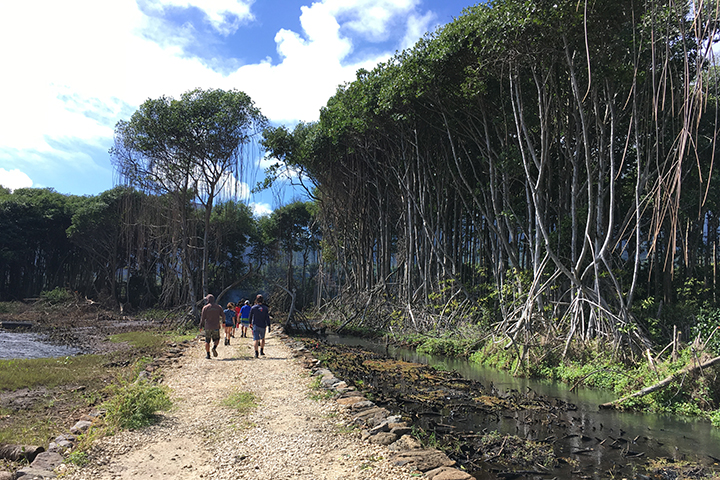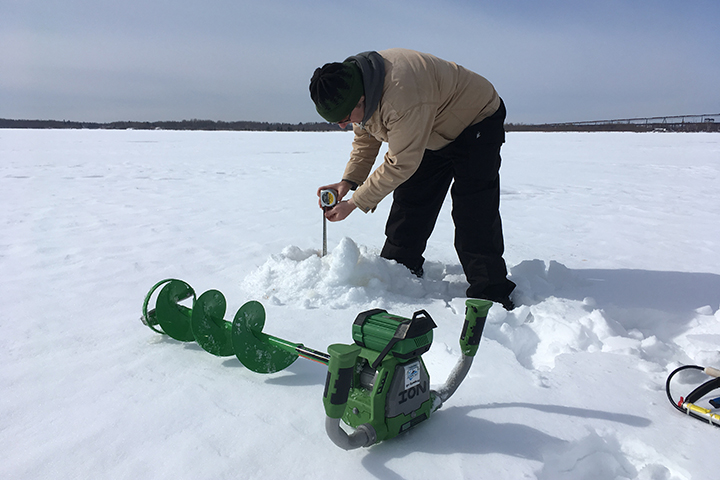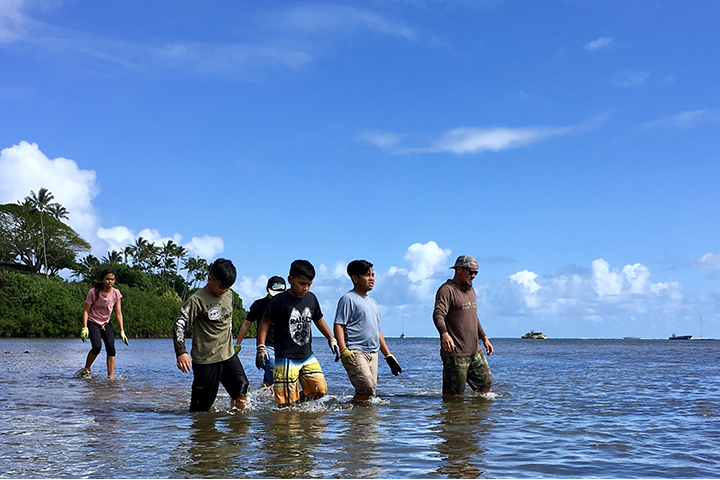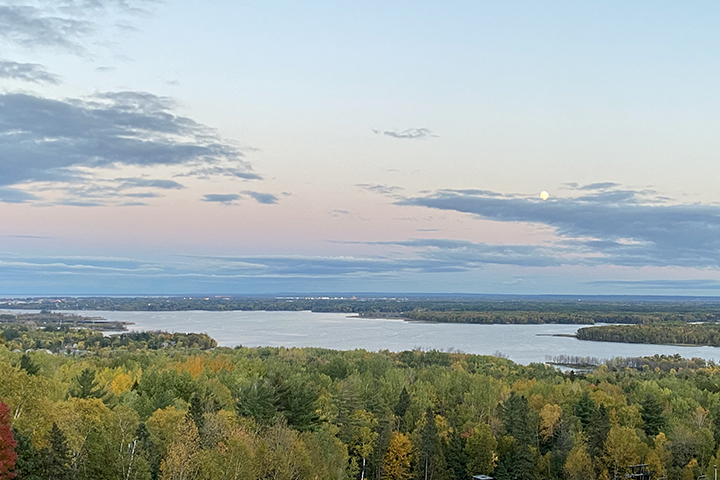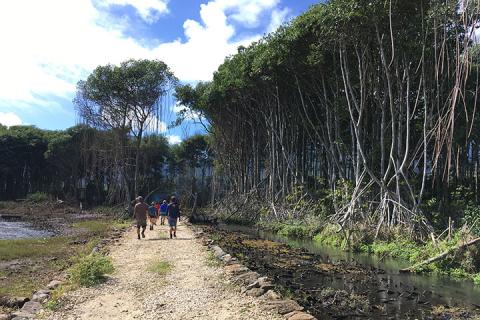
This project brought renewed attention to reserve site profiles and supported the development of a modernized format that better aligns with and boosts the impact of reserve programs.
The project
Each reserve within the National Estuarine Research Reserve System maintains a specific site profile that synthesizes knowledge about its physical and biological characteristics to guide research and monitoring activities. Traditionally, the site profile has been a book or PDF, with limited support for a more interactive and modern interface design. The likely future addition of new reserves into the system, and the anticipated need to update many existing reserve site profiles, inspired the Heʻeia and Lake Superior reserves to develop a joint vision for a new site profile template with a user-driven interface design.
This project team worked with the UW-Madison Division of Extension Evaluation Unit to conduct a survey of reserve staff and partners. The survey revealed that users wanted updated and relevant information in site profiles, wished for them to be digital and searchable, and wanted them to include cultural and historical content related to each reserve. Survey respondents also expressed moderate familiarity with reserve site profiles and noted that some characteristics–such as technical language, ease of use, and accessibility–could be improved to make them more appealing to both Reserve System staff and the general public.
Working with contractors and reserve partners, the team developed a template and outline for a modernized web-based site profile, and a user guide with clear step by step instructions to create a digital profile. The updated site profile addresses the needs identified by the survey and focus groups, providing reserves with an option to include cultural and historical components of estuaries on their sites, as well as an optional section to identify future threats and corresponding research needs. Other key site profile features include ArcGIS mapping components and Zotero based bibliographies that allow for access to all citations in the site profiles. The project team found that overall awareness of site profiles can be increased by providing information via online messaging, local newsletters, local newspapers, and presentations in institutions affiliated with reserves.
The impact
- Heʻeia and Lake Superior reserves will use the site profiles to engage their site partners, increase public engagement and awareness, and rapidly orient new researchers and partners to the ecological and social context of the reserves.
- The improved, web-based user experience provides better accessibility and increases public awareness of reserves.
- The integration of social and ecological context into site profiles reflects the evolving priorities of the reserves and provides opportunities to connect with broad audiences through place-based storytelling.
- Reserves gain access to new site profile tools, including ArcGIS mapping components and Zotero based bibliographies, to support research and education efforts.
- Reserves benefit from updated resources that facilitate the development of new, or revision of existing, site profiles.
